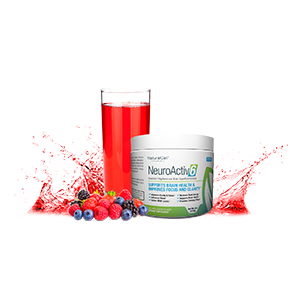Table of Contents
How do you naturally raise DHEA levels? It’s not too hard if you keep on reading
What is DHEA?
- DHEA is short for dehydroepiandrosterone, which is one of the most bountiful steroid hormones your body produces. The hormone maintains multiple roles in the body, from orchestrating the synthesis of other important steroids to sending signals to numerous other receptors in order to execute a wide range of hormonal functions.
Although it is made naturally within your body, DHEA can also be created synthetically from certain chemicals found in soy and even wild yams. While the DHEA can be made from both products, the body is incapable of making DHEA from the chemicals so DHEA cannot be immediately increased by consuming yams and soy.
What does DHEA do?
- The largest draw towards DHEA in recent light has been claims that the steroid helps fight aging. Research has demonstrated the hormone’s ability to inhibit the development of arterial lesions, to protect against viral infections such as Epstein-Barr virus and HIV-I, as well as increasing ability to retain learned information and decrease aggression in animals (1).
Little human research has been done to clarify such results, but DHEA is considered to play an integral role in numerous bodily processes despite unclear mechanisms. Correlational studies demonstrate a low DHEA blood level associated with higher instances of cancer, artherosclerosis and decreased neurological and immunological response.
- DHEA is often also implicated in weight loss, fatigue, depression and sexual dysfunction. It possesses such widespread influence due to the nature of its production: it is synthesized by the adrenal glands and converted into another hormone, androstenedione, which is in turn transformed into the main male and female hormones.
Since it results in the manufacturing of several different hormones, a lower level of DHEA can ultimately influence many different endogenous systems.
What are the signs of disrupted DHEA levels?
- Possessing DHEA levels that are too low or too high can be deleterious for different reasons. There are certain symptoms that may be a good indication of either deviation.
If you have low DHEA, you may experience symptoms such as: fatigue, mood disruption, depression, lack of sex drive, poor immunity, allergies, weakness, weight gain and signs of other hormonal imbalances. Low DHEA can arise from certain disorders such as: heart complications, autoimmune disorders, poor diet, inactive lifestyles and even side effects from certain medications and contraceptives. DHEA levels naturally decline with age, further contributing to a higher rate of health-related issues as we get older.
- On the other hand, high DHEA is most noticeable through: overreaction of the immune system, excessive hair growth (especially in women), insulin resistance, and other signs of high testosterone. It can be indicative of an androgen-producing adrenal tumor. Most men that have high DHEA are asymptomatic while women present with more masculine characteristics if at all (2).
How do you increase it?
- DHEA levels are directly influenced by lifestyle habits such as nutrition, activity level, stress management and emotional health. Therefore, the best ways to increase DHEA levels revolve around lifestyle changes. Ensure you’re eating a balanced diet full of naturally colorful foods, proteins and healthy fats.
Research repeatedly supports that the easiest and most effective method for increasing DHEA levels naturally is through diet alteration and using brain supplements like NeuroActiv6. Additionally, getting adequate sleep, participating in regular exercise and managing stress can help restore DHEA levels.
If lifestyle modifications prove to be ineffective, liquid supplementation is available but should only be taken by individuals that have 1. confirmed symptoms are due to low levels and 2. received affirmation of necessity from a physician.

Boost Mental Energy & Focus
Discover how just one glass a day of NeuroActiv6 can increase focus, clarity, and mental energy.
Learn More >>







 EMAIL:
EMAIL:
